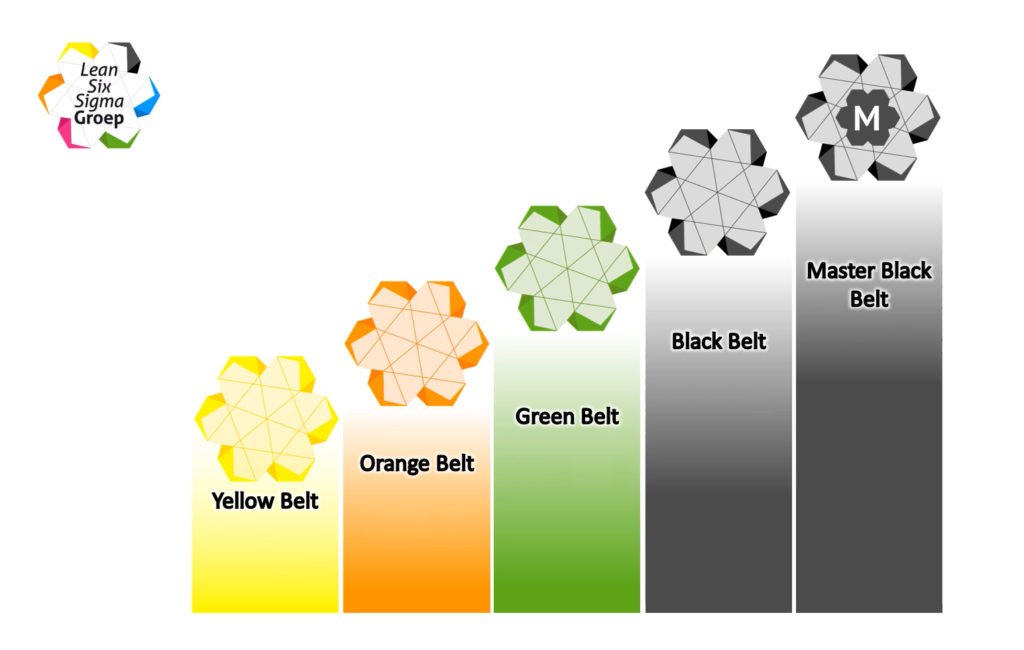Lean Six Sigma Belts
Lean Six Sigma Belts
The different training levels in Lean Six Sigma are often named after the colored belts found in Eastern martial arts. Consider the qualities of a Black Belt: highly trained, experienced, disciplined, controlled, and receptive. There are various Lean Six Sigma Belts explained below.
